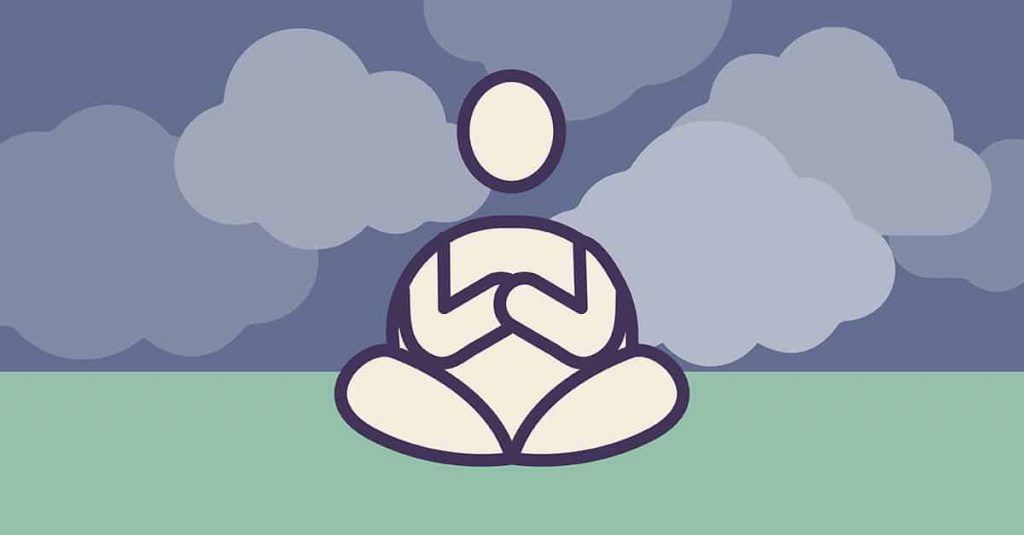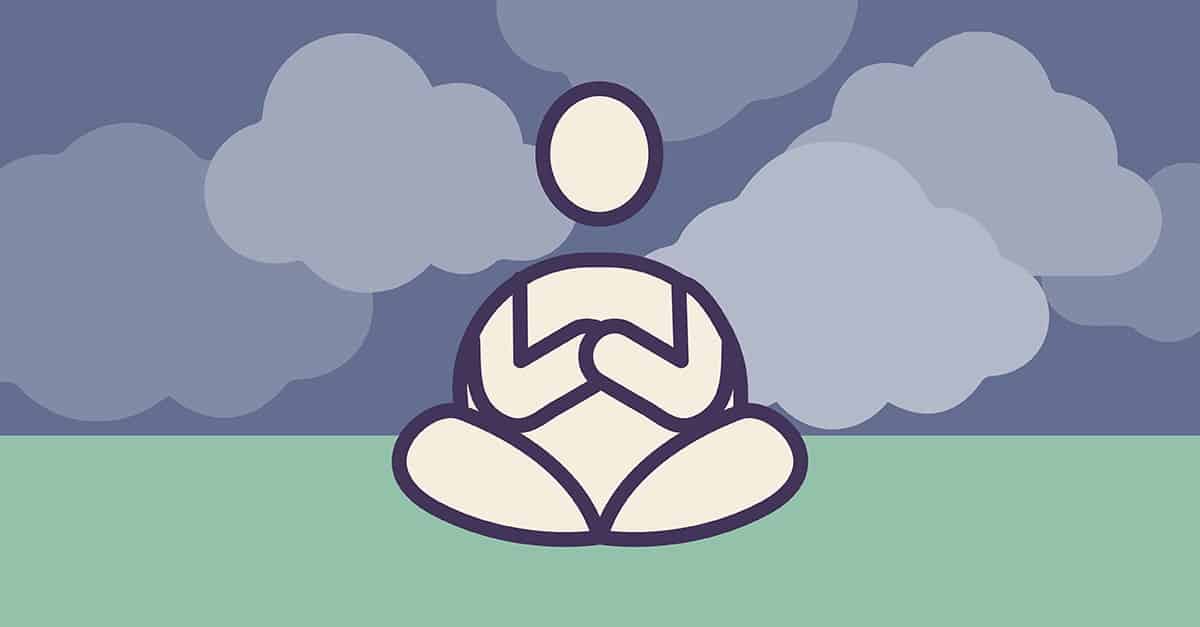
We’ve all seen images of people sitting in lotus position, eyes closed, serenely smiling on a sandy beach. If you’ve studied their tranquil expressions and wondered how you might achieve such inner peace, the answer is both simple and complex: meditation.
Numerous types of meditation exist worldwide, many dating back thousands of years. While almost every religion incorporates some sort of meditative practice, many people simply embrace it for its health benefits.
Research suggests that sitting quietly and focusing on the breath for a set period of time can lower stress, improve self-awareness and emotional well-being, increase memory and focus, and help us handle health conditions ranging from chronic pain and sleep issues to anxiety and depression.
So what is this discipline that requires no medication and no tools (except for your bottom seated on a chair or a cushion)? At its most basic, meditation is a process by which people train themselves to sustain more focused attention, mental clarity, and an increased state of awareness in daily life. Various meditation practices seek to guide practitioners toward these benefits in different ways.

The Most Common Types of Meditation
Even though the basic principles of meditation are fairly straightforward, there are a lot of ways to practice. Here are some of the most common types of meditation.
Transcendental
This Hinduism-inspired practice asks you to sit comfortably for 20 minutes in the morning and again in the evening. While sitting, practitioners focus on their breath and on a mantra (a specific word or sound that aids in concentration). The goal is to achieve a calm awareness unaltered by distracting thoughts.
Vipassana
Derived from the Sanskrit word “insight,” this 2,500-year-old style of seated Buddhist meditation asks us to focus on our breath and concentrate on elements of human existence including suffering, discontent, impermanence, and emptiness. The goal is to cultivate a calm, clear mind regardless of events around you.
Kundalini
In Hindu, the word Kundalini refers to energy curled snake-like at the base of the spine. This type of meditation, which is also a yoga practice, asks us to use our breath to move this energy upward with the goal of mind-body connection.
Dzogchen
This form of meditation asks us to sit cross-legged with our eyes open, the better to acknowledge our thoughts. It also urges practitioners to consciously refrain from labeling and judging these thoughts and feelings, with the goal of cultivating mindfulness and acceptance.
Zazen
Zazen stems from the Buddha’s teachings, and it starts with a seated, disciplined body posture. Practitioners sit cross-legged on a special cushion, or zafu, facing a wall with the eyes and mouth slightly open. They then focus on the breath with the goal of being present in the moment and free of judgement.
Qi Gong
Done standing or seated while combined with slow deliberate movements, this ancient Taoist practice asks you to focus on your breath in order to circulate energy through the body. This energy, flowing smoothly, promotes mindfulness and a healthy alignment of attention and intention.
Chakra
This technique asks you to identify your body’s seven centers of energy—or chakras—with the goal of keeping them aligned and open. The idea is that open and aligned chakras help ward off physical and mental illness. You’re asked to sit and focus on your breath, your heartbeat, and on each part of your body.
Lovingkindness
Similar to some Tibetan compassion traditions, this type of meditation asks practitioners to sit or lie down and focus on a mantra. Practitioners set an intention of freeing themselves and others from physical and emotional pain and suffering in order to create goodwill.
Developing a Sustainable Meditation Practice
Regardless of the type of meditation you choose, implementing a few guidelines will make your practice even more beneficial.
If possible, devote a corner of a room or an outdoor space to your practice.
At a minimum, you’ll want a cushion or chair for a comfortable seat. You could erect a small shelf with a candle or a stick of incense, or perhaps add a vase of flowers or a meaningful photo to the space.
Be consistent.
Schedule a daily session in the same location and at the same time every day to cultivate meditation as a habit. Aim for each session to be at least 15 minutes long.
Try an app.
A variety of apps can facilitate your practice by, for example, delivering daily reminders and inspirational quotes on your smartphone. Some of the most popular are Headspace, Insight Timer, Calm, and Smiling Mind. They range in cost from free to approximately $100 a year.
Know that some physical discomfort is inevitable when you begin your practice.
It can be difficult to sit still for minutes at a time, especially in a cross-legged position. If you’re uncomfortable, try a higher cushion and breathe into your aching hips, knees, or back. Also know that it’s okay to shift positions if you’re in pain.
Conclusion
Meditation is forgiving. There’s no wrong way to sit and concentrate on the breath that flows through your body. Try it and almost immediately you could experience the benefits of cultivating a tranquil, focused mind.
